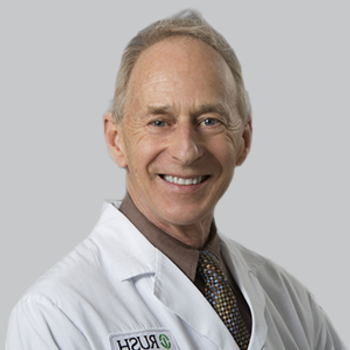
Lixisenatide, commonly used to treat type 2 diabetes, has the ability to cross the blood brain barrier and has shown neuroprotective properties in preclinical models of PD.

Isabella Ciccone, Associate Editor, NeurologyLive®, has been with the team since September 2022. Follow her on Twitter @iciccone7 or email her at [email protected]

Lixisenatide, commonly used to treat type 2 diabetes, has the ability to cross the blood brain barrier and has shown neuroprotective properties in preclinical models of PD.
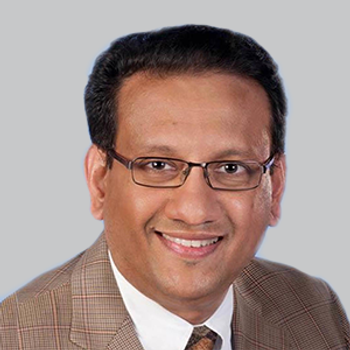
TSHA-102, an adeno-associated virus vector-based gene therapy for Rett Syndrome, has also received Orphan Drug and Rare Pediatric Disease designations from the FDA.
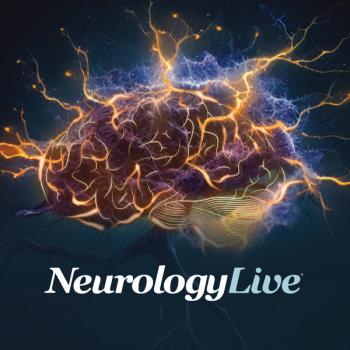
According to a recent study, malnutrition is related closely to quality of life among patients with NMOSD, caused by a variety of physiological and psychological factors.
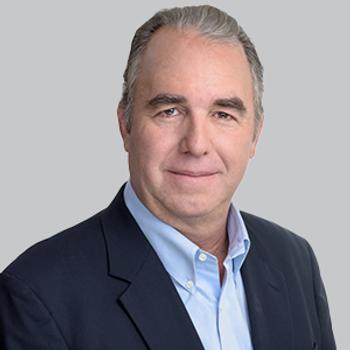
Five-year data revealed sustained and significant improvement for patients with tremor as well as an overall improvement in quality of life measures and without any progressive or delayed complications.
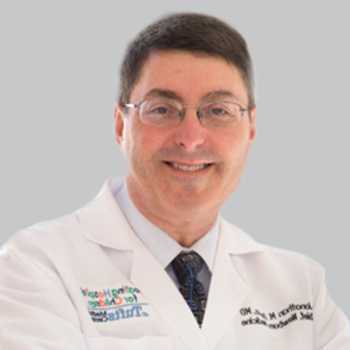
In a clinical study diagnosing genetic disorders, genomic sequencing did not report 19 variants found by a targeted neonatal gene-sequencing test and the targeted panel did not report 164 variants recognized by genomic sequencing.

A peer-reviewed analysis revealed critical gaps in care for patients with Parkinson disease in the United States, including disparities affecting women, people of color, and residents of rural areas.

The phase 2 trial represented the first-ever clinical data to be published of an oral orexin agonist for patients living with narcolepsy type 1.
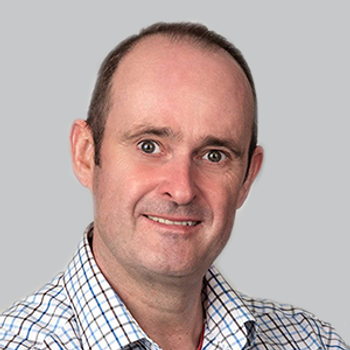
AOC 1044, an exon 44-targeting agent, holds potential to fill a major unmet need for patients with Duchenne muscular dystrophy, as there are currently there are no approved therapies approved targeting this mutation.
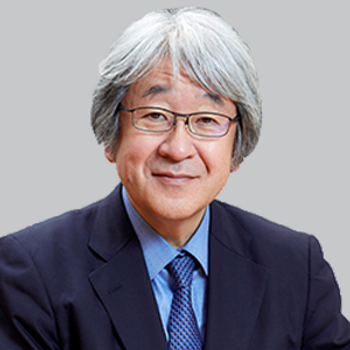
A new platform showed the ability to effectively detect patients with synucleinopathies using serum samples, improving the time and accuracy for diagnosis of specific neurodegenerative diseases such as Parkinson disease.
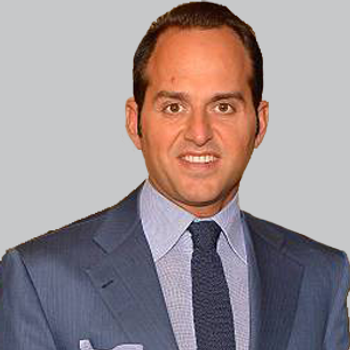
Foralumab, a therapy designed to bind to T cell receptor, is about to be assessed in phase 2 trials of patients with non-active secondary progressive multiple sclerosis in the third quarter of 2023.

The phase 2 clinical trial ACTIVATE investigating BIA 28-6156 for Parkinson disease is currently screening for patients in North America and with the Europe-based study beginning sometime during the third quarter of 2023.
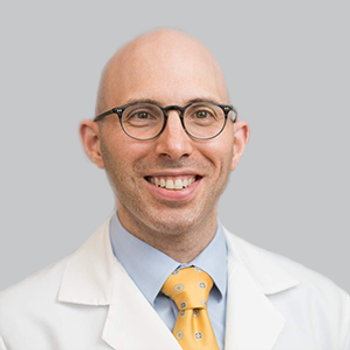
The majority of patients with ALS lack a monogenic mutation, with only 15-20% of patients having a disease that is driven and controlled by a single gene.

Prior research shows that a significant loss of the hypocretin-producing neurons, an increase in the histaminergic neurons, and contradicting signs of gliosis in the hypothalamus among patients with narcolepsy type 1.
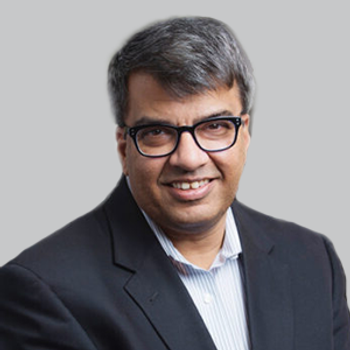
BridgeBio Pharma met with the FDA to discuss the use of glycosylated α-dystroglycan levels as a surrogate end point for its phase 3 trial FORTIFY investigating BBP-418 and believes there is the potential for an accelerated approval.
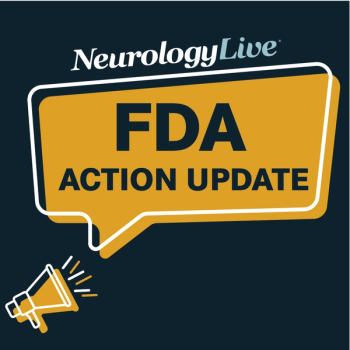
Catch up on any of the neurology news headlines you may have missed over the course of July 2023, compiled all into one place by the NeurologyLive® team.
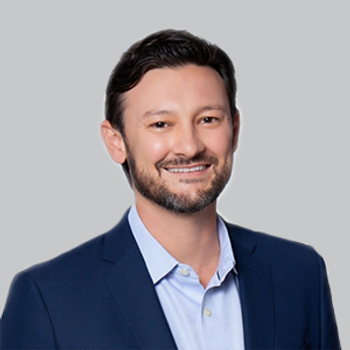
ANPD001, an autologous cell therapy derived from patient-derived iPSCs, is designed to replace lost dopamine neurons in patients with Parkinson disease.
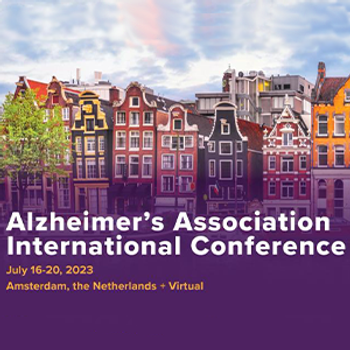
As a recap from AAIC 2023, get caught up on some of the latest news in neurology as the NeurologyLive® team shares some of our data updates.

A group of experts in the care of patients with neurological conditions—Kumar B. Rajan, PhD; Christina Jensen-Dahm, MD, PhD; Nicole Fowler, PhD; Nicholas Ashton, PhD; Jazmyn Muhammad, BS—shared their perspectives on hot topics of treatment and management in Alzheimer disease from the 2023 Alzheimer's Association International Conference.
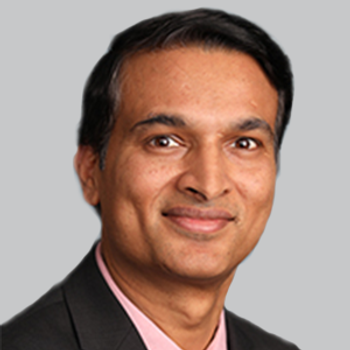
NS-050/NCNP-03, an exon skipping investigational therapy, has been cleared by the FDA for the initiation of a phase 1/2 clinical study for the treatment of Duchenne muscular dystrophy.
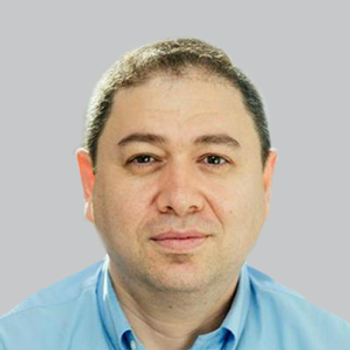
Boris Kantor, PhD, associate research professor of neurobiology, and Ornit Chiba-Falek, PhD, professor in neurology, both faculty at Duke University, discussed research on an innovative epigenome therapy targeting the APOE gene, a significant genetic risk factor for Alzheimer disease.

Positive data from the 25 mg cohort study exploring Larimar Therapeutics’ CTI-1601 has been submitted to the FDA, with a meeting scheduled with the agency later this quarter to discuss steps for a phase 2 trial.

Following a successful first patient treatment experience with TSHA-102, an adeno-associated virus vector-based gene therapy for Rett syndrome, Taysha Gene Therapies was recommended to continue with investigating the therapy in a second patient.
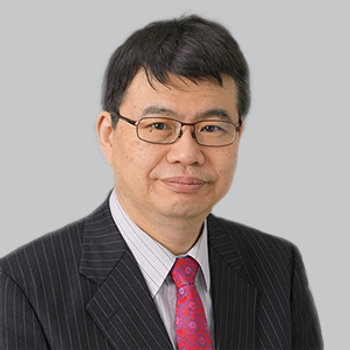
Investigators concluded that the growing and testing of motor neurons from patient-derived induced pluripotent stem cells could be clinically used for the prediction of ropinirole’s efficacy as a treatment for patients with ALS.

Sharon L. Rogers, PhD, chief executive officer at AmyriAD Therapeutics, discussed AD101, a novel drug that targets the core symptoms in Alzheimer disease, and highlighted the importance of symptom management strategies.

Phase 1 trial results investigating UB-312 revealed target engagement of aggregated alpha-synuclein in cerebrospinal fluid of patients with Parkinson disease, providing validation of the vaccine technology to selectively target aggregated, toxic forms of neurodegenerative proteins.

Research shows that carrying the APOE e4 variant significantly increases lifetime risk for late-onset Alzheimer disease, and additional evidence suggests that lowering the variant expression may be a promising therapeutic target for the disease.

As part of our monthly clinician spotlight, NeurologyLive® highlighted sleep disorders expert John Saito, MD, FAAP, FCCP, a pediatric pulmonologist at the Children’s Hospital of Orange County (CHOC).
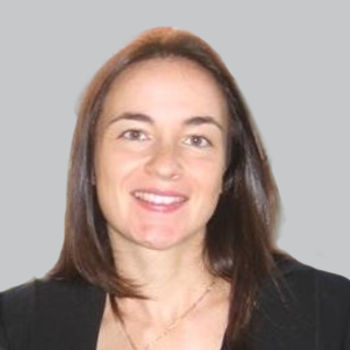
A 26-year-old man who presented narcolepsy symptoms tested negative for the condition, but a reassessment of the cerebrospinal fluid hypocretin-1 4 years later showed a dramatic decrease.

Maria Carrillo, PhD, chief science officer for the Alzheimer's Association, talked about the release of the updated diagnostic guidelines for Alzheimer disease, which incorporate plasma-based biomarkers.

Results suggest that the high burden of cerebral amyloid angiopathy-related lesions most likely underlies the 30%-60% incidence of amyloid-related imaging abnormalities in APOE e4/4 carriers treated with approved amyloid therapies.